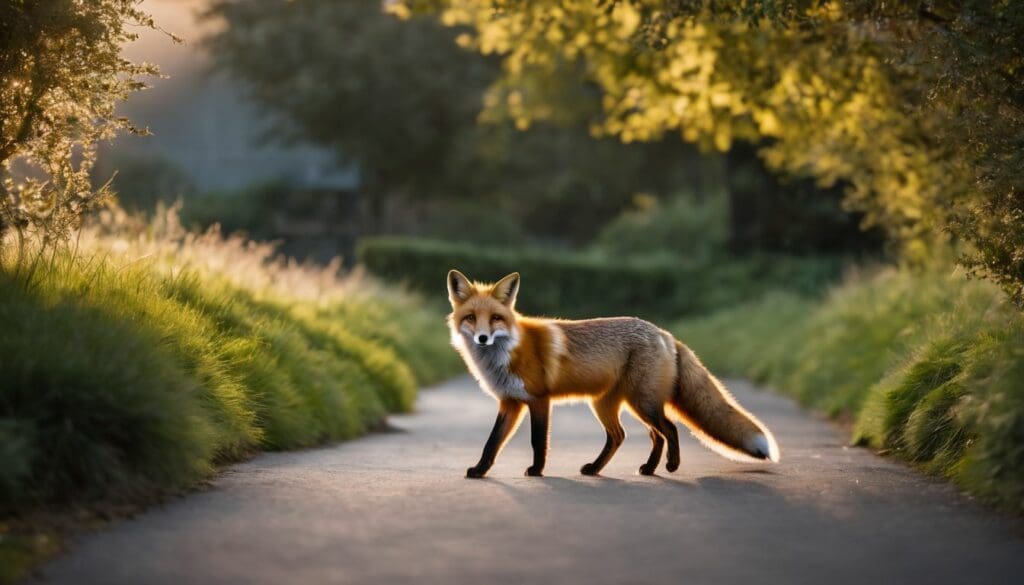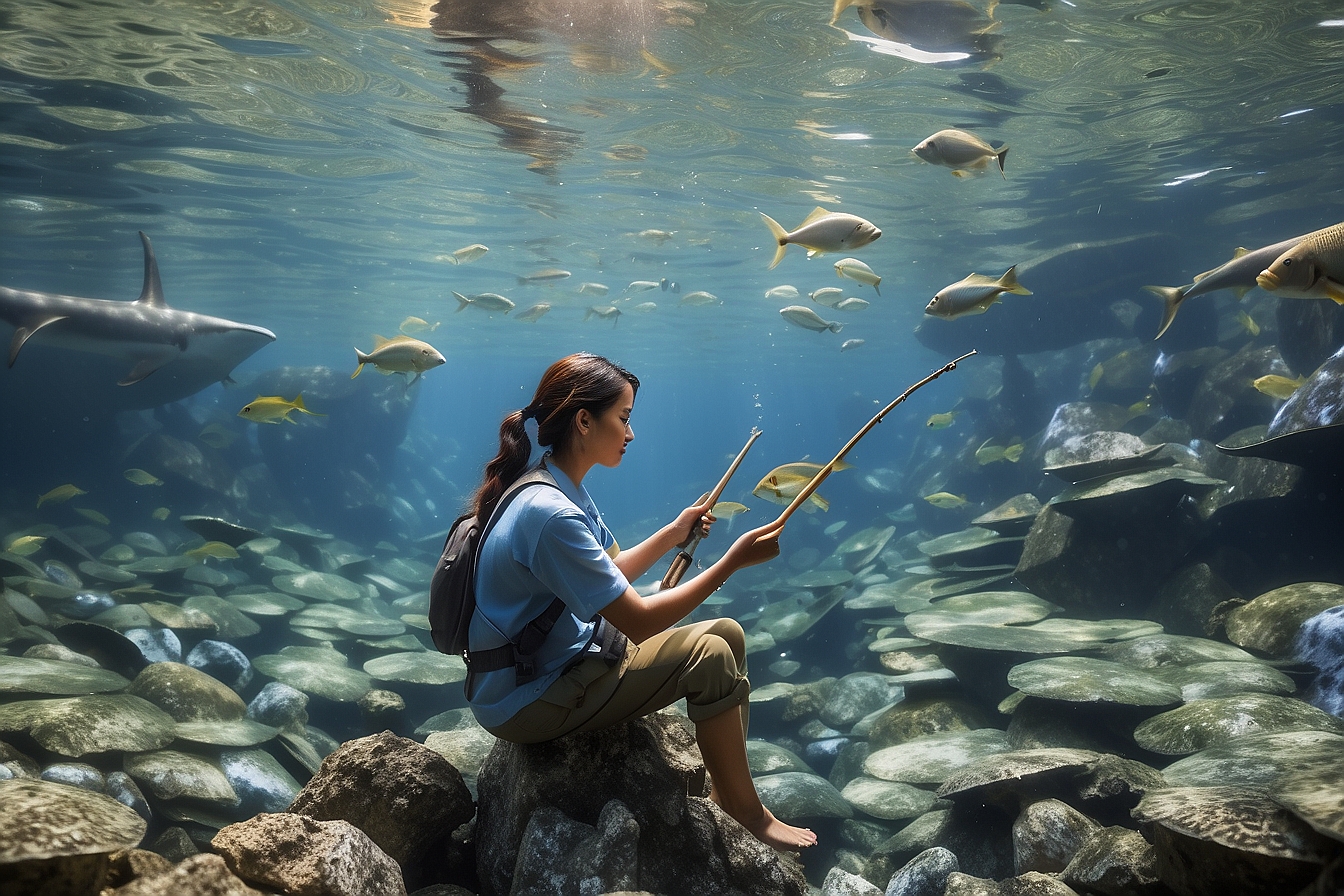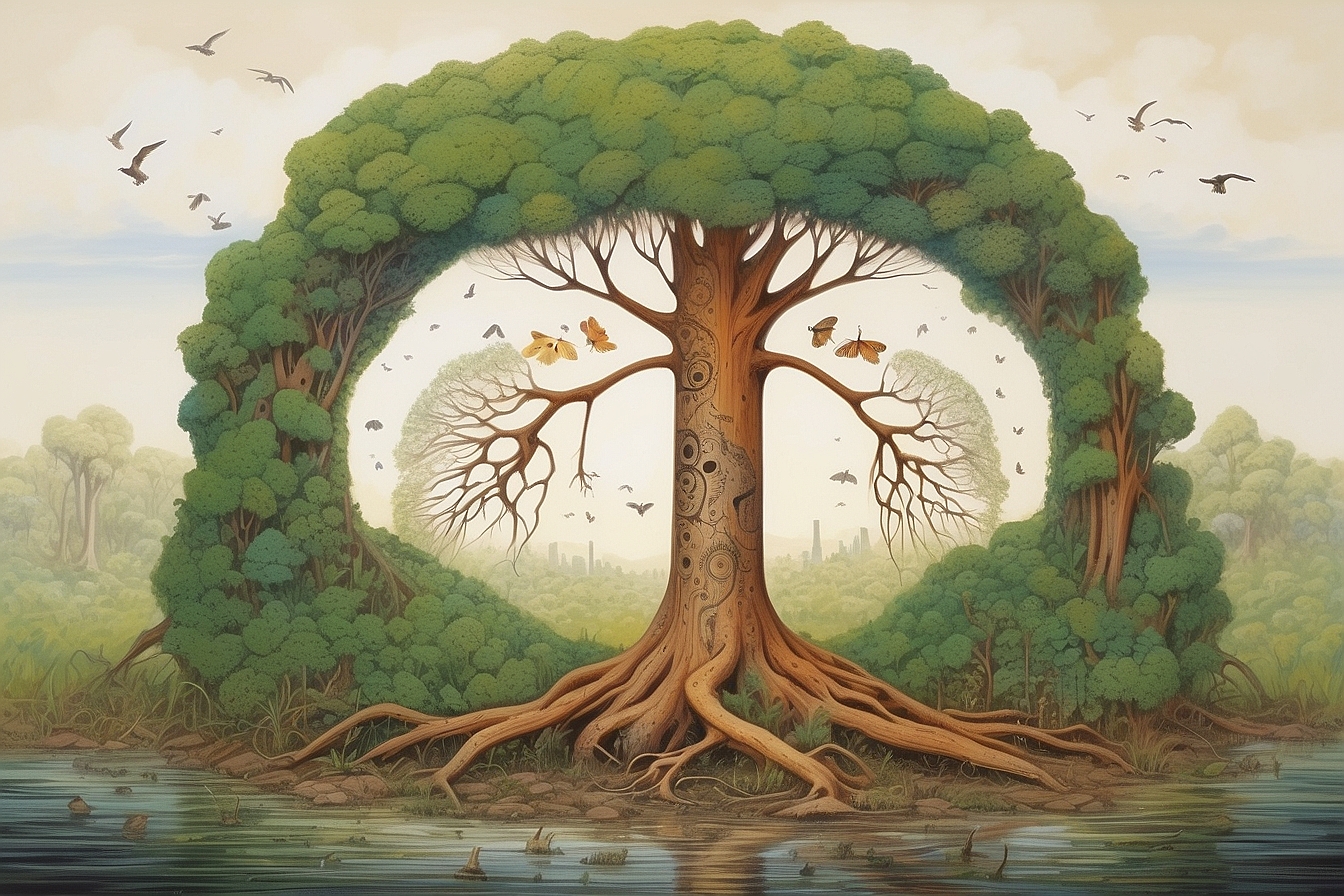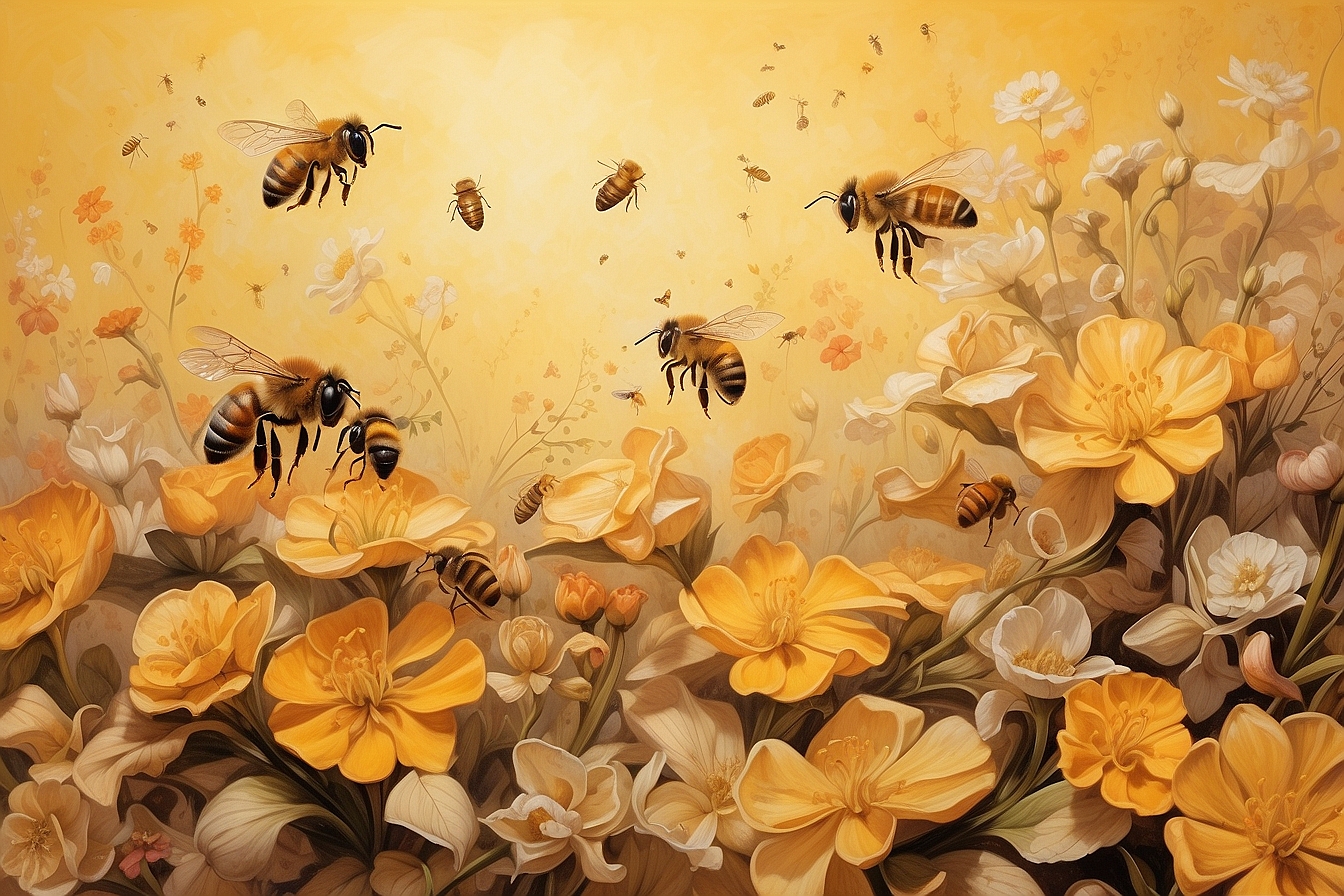As our cities expand and reach skywards, the intimate pathways that once guided our wild neighbours discreetly weave into memory. The urgency of this predicament has not escaped us; it’s truly heartbreaking to realise that a staggering 1 in 5 of Britain’s enchanting mammals are teetering on the brink of extinction, largely due to their homes being swallowed by urban sprawl.
In this article, we explore how crafting urban wildlife corridors offers a beacon of hope – a renaissance for nature in the heart of our bustling metropolises. Join us as we delve into the world of verdant green bridges and secret garden passageways – each a potential lifesaver in our relentless concrete realms.
Key Takeaways
- Urban wildlife corridors are crucial for connecting fragmented habitats, allowing animals to move freely and maintain biodiversity in cities.
- Examples of successful urban wildlife corridors include the Wildlife Overpass in Utah, green bridges in the Netherlands, and rope bridges for possums in Australia.
- Building these corridors comes with challenges like urban development pressure and funding constraints, but community engagement and innovative designs offer effective solutions.
- Besides helping fauna, these green spaces provide social benefits by improving air quality, enhancing local economies and creating attractive living environments.
- Future designs of urban wildlife corridors incorporate advanced ecological considerations and collaborative efforts from various stakeholders to ensure nature thrives alongside urban development.
Understanding Wildlife Corridors
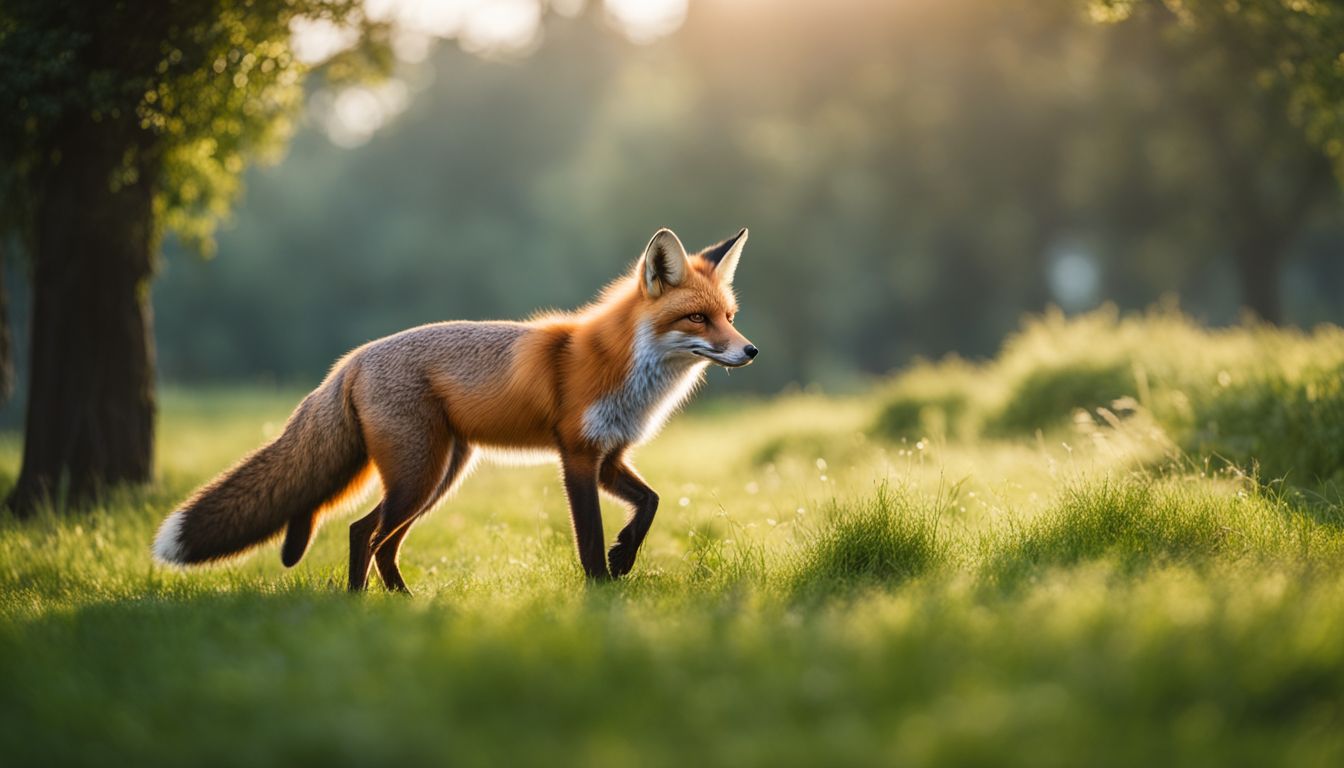
In bustling cityscapes, wildlife corridors emerge as vital lifelines that reconnect nature’s fragmented pieces. They serve a unique purpose—creating passageways that allow our urban-dwelling fauna to thrive amid concrete and steel.
Definition and Purpose of Wildlife Corridors
Wildlife corridors are essential paths or routes that connect separate habitats, allowing animals to migrate, find mates, and access different areas for food and shelter. These natural pathways help maintain biodiversity by ensuring species can move freely without being confined to habitat fragments caused by urban developments.
They play a critical role in counteracting the negative effects of habitat fragmentation, which happens when continuous natural landscapes are broken into smaller pieces.
We create these connections to serve various ecological purposes such as gene flow between animal populations and seed dispersal for plants. This allows for greater genetic diversity among wildlife species and helps ecosystems adapt to changes in climate.
Corridors come in many forms – from green belts around cities to underpasses beneath highways – all designed with the goal of sustaining healthy animal populations by mimicking the connectivity found in uninterrupted ecosystems.
These vital links support powerful ecological processes that keep our planet diverse and robust against environmental pressures like climate change and invasive species.
The Importance of Wildlife Corridors in Urban Areas
Having outlined what wildlife corridors are, let’s delve into their crucial role in urban landscapes. In the midst of bustling cities and sprawling suburbs, these green pathways stand as vital lifelines for numerous species.
They allow animals to navigate through urban areas safely, connecting patches of habitat that are otherwise isolated by roads, buildings, and other man-made barriers. This not only aids in migration but also supports genetic diversity by enabling different populations to interbreed.
These corridors play a pivotal part in conserving biodiversity within our urban settings. By linking parks, reserves and natural areas together they form continuous networks that facilitate the movement of wildlife such as mule deer or mountain lions seeking food or breeding grounds.
Moreover, these connectors counteract some effects of habitat fragmentation caused by urban development — a significant factor leading to biodiversity decline worldwide. As we pave paths for commuters each day, it’s equally important we protect and enhance these green spaces that serve as highways for our wildlife neighbours.
The Role of Wildlife Corridors in Connecting Animal Habitats
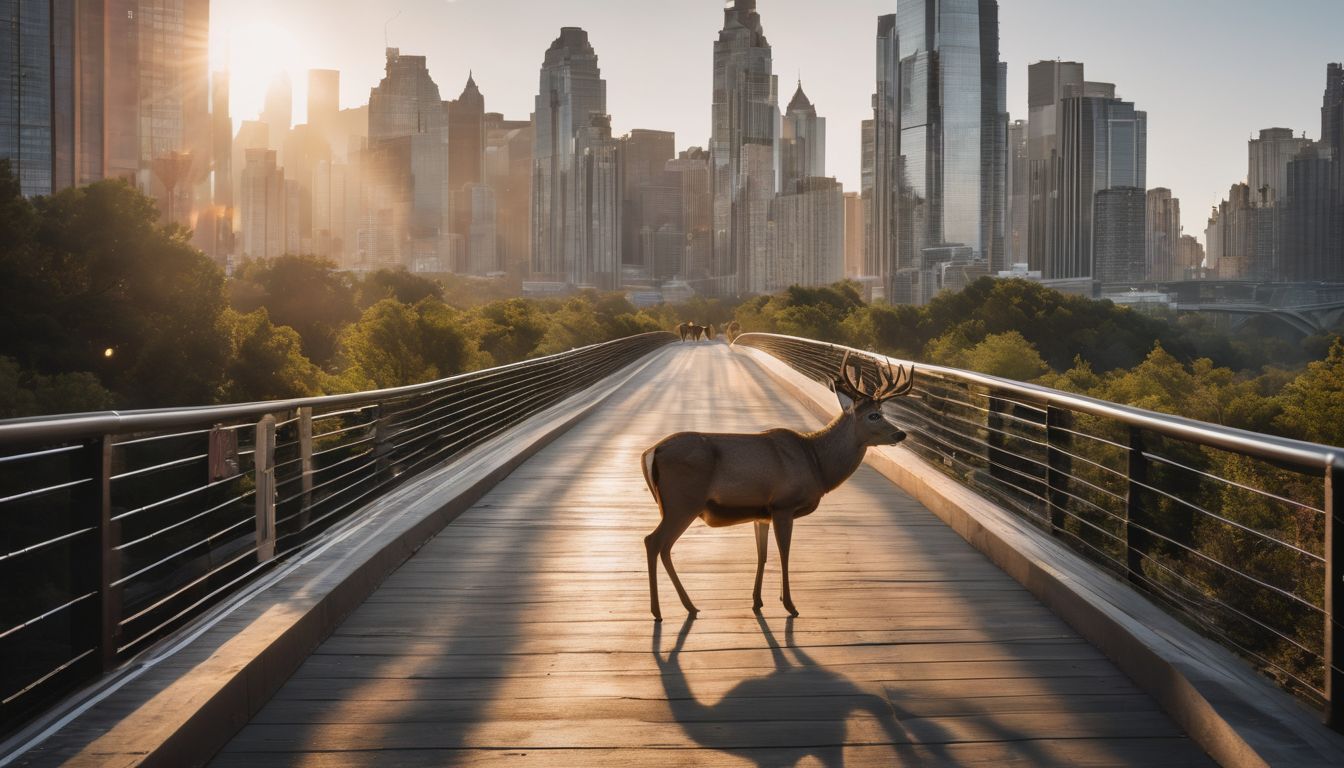
Wildlife corridors act as vital lifelines within the urban jungle, ensuring creatures great and small can traverse the cityscape safely. They bridge isolated patches of nature, allowing animals to move freely and intermingle, which is key for their survival in our ever-growing cities.
Facilitating Animal Movement
We’re dedicated to creating paths that allow animals to move freely between habitats, especially in our ever-expanding cities. These wildlife crossings are more than just safe passages; they enable species like the greater sage-grouse and Florida panther to traverse urban areas without facing the hazards of traffic or human development.
By installing bridges and underpasses designed specifically for our wild neighbours, we ensure their migration corridors remain open, fostering a vibrant ecosystem right in the heart of our communities.
Our efforts extend beyond mitigating road-related fatalities. We champion habitat connectivity by safeguarding riparian areas and establishing green corridors through land trusts and conservation easements.
This work is crucial for species diversity as it allows creatures such as the Canada lynx and migratory birds to adapt to climate change by moving to new territories with suitable climates and food sources—effectively supporting assisted migration strategies while enhancing biological diversity across urban landscapes.
Enhancing Habitat Connectivity
To enhance habitat connectivity, we often think about how wildlife corridors bridge the gaps between isolated green spaces. These lifelines allow animals to move freely, which is critical for their survival and for maintaining genetic diversity.
They connect protected areas such as national parks with other natural habitats across urban landscapes. By doing so, corridors prevent the detrimental effects of habitat fragmentation caused by roads and development.
We focus on linking different ecosystems together to create a network that supports a wider variety of species. This includes connecting wetlands that support amphibians like wood frogs to larger forested regions where predators such as wolves roam.
Such efforts contribute significantly to biodiversity conservation by ensuring animals have access to all parts of their habitat, crucial during events like extreme weather or changes in climate.
With each connected landscape, we step closer towards a more resilient environment.
Moving forward from enhancing connectivity within habitats, let’s explore specific examples where these concepts have come to life in urban settings around the globe.
Supporting Biodiversity
We can’t overlook the crucial role that wildlife corridors play in nurturing biodiversity within our urban spaces. By integrating green infrastructure into the city’s design, we create a network of life-sustaining routes for various species, from insects to mammals.
These passages allow animals to safely navigate through different habitats without facing the threat of vehicles or land clearing.
In our efforts to support rich and varied ecosystems, these corridors become essential as they connect protected landscapes such as national wildlife refuges and local meadows. They act as lifelines, ensuring genetic diversity by allowing animal populations to intermingle and thrive even amidst warming temperatures and other changes in the climate.
Beyond just conservation, this practice enriches our urban greening projects with more vibrant communities of flora and fauna, making cities living sanctuaries for all manner of life.
Examples of Urban Wildlife Corridors
Our cities teem with hidden pathways for wildlife, connecting creatures to vital habitats amidst urban sprawl. Marvel at the innovation behind bustling wildlife highways in areas like Los Angeles’ verdant passageways and Singapore’s ecologically mindful overpasses.
Specific Urban Wildlife Corridors in the United States
We can look to several inspiring examples of urban wildlife corridors in the United States that showcase innovation and commitment to biodiversity. The Wildlife Overpass in Utah is a remarkable structure allowing safe animal crossings over busy highways, dramatically reducing collisions between vehicles and wildlife.
In Los Angeles, plans for creating a crossing over the US-101 will give mountain lions, coyotes, deer, and other animals access to previously unreachable parts of the Santa Monica Mountains.
Texas demonstrates its dedication to preserving pronghorn migrations with specially designed underpasses along roadways. These structures facilitate movement for animals while maintaining traffic flow for humans.
Up in Seattle, the I-90 Snoqualmie Pass East Project includes bridges and culverts designed with landscape ecology in mind, offering secure passageways for species like elk through a historically perilous stretch of freeway.
Each project serves as a testament to what we can achieve when urban planning incorporates habitat restoration and wildlife protection into the fabric of our cities. They also remind us that fostering connections between habitats is not just crucial for ecosystems but forms an integral part of our community’s resilience against climate change adaptation challenges.
International Examples of Urban Wildlife Corridors
In cities around the world, we’re finding impressive urban wildlife corridors that help animals adapt to city life. Take for instance the green bridges sprinkled across the Netherlands, specifically designed for badgers and deer to cross motorways safely.
Over in Australia, rope bridges enable possums and gliders to soar over busy roads.
Europe leads by example with Banff National Park’s wildlife crossings in Scotland that have dramatically reduced animal-vehicle collisions. Similarly, down in Latin America, the Mesoamerican Biological Corridor links protected areas from Mexico to Panama, offering jaguars a safe passage through expanding urban zones.
These international efforts showcase how we can harmonise modern development with nature’s rhythm.
Challenges and Solutions in Building Urban Wildlife Corridors
In building urban wildlife corridors, we face a myriad of challenges, from land acquisition difficulties to ensuring adequate corridor design that truly caters to the needs of local fauna.
However, through innovative strategies and community collaboration, we’re paving the way towards effective solutions that not only uplift our ecosystems but also harmonise them with urban development.
Obstacles to Constructing Urban Wildlife Corridors
Constructing urban wildlife corridors comes with its set of challenges. We face several obstacles as we work towards improving landscape connectivity.
- Urban development pressure: The demand for land to build homes and businesses often conflicts with the need to preserve natural habitats. This can limit space available for habitat corridors, making it tough to establish continuous green spaces in cities.
- Lack of public awareness: Many people don’t know about the crucial role that wildlife corridors play in ecosystem services and biodiversity conservation. Educating communities is essential, but also a significant hurdle.
- Funding constraints: Securing money for the design and creation of urban greenspaces can be difficult. These projects compete with other city priorities for limited resources.
- Legal and policy barriers: Existing laws may not always support the establishment of wildlife underpasses or bridges, necessitating a push for legislative changes which can be time-consuming.
- Fragmented land ownership: Creating a contiguous corridor often involves negotiating with numerous landowners who may have different interests or unawareness of conservation benefits.
- Infrastructure challenges: Roads, buildings, and other structures create physical barriers. Integrating wildlife underpasses or overpasses into existing infrastructure requires innovative engineering solutions.
- Environmental degradation: Pollution, biodiversity loss, and climate change impacts like ocean acidification all affect the quality of habitats we aim to connect through these corridors.
- Social resistance: Sometimes local communities oppose new conservation initiatives due to fears of restricted access or misunderstandings about the purpose of habitat connectivity efforts.
Strategies for Overcoming Challenges
Building urban wildlife corridors comes with its hurdles. We tackle these head-on to support our cherished wildlife and urban green spaces.
- Engage Local Communities: We foster strong relationships with local residents and businesses. Understanding their concerns and educating them on the benefits of wildlife conservation helps us gain valuable allies. This approach often leads to community-driven initiatives that aid in the maintenance and protection of these important spaces.
- Partner with Environmental Organisations: We collaborate with groups like the Peace Parks Foundation and others dedicated to biological conservation. These partnerships bring additional expertise, resources, and public attention to our efforts, bolstering our capabilities.
- Utilise Innovative Funding Options: To secure necessary funds, we explore various financial strategies. This includes grants, environmental credits, and innovative finance models that encourage private-sector investments in biodiversity.
- Integrate Green Infrastructure: We integrate features like riparian corridors within city planning to ensure connectivity for animals such as northern pintails and gadwalls. This approach makes wildlife corridors part of a city’s fabric.
- Promote Policy Change: We advocate for policies that recognise the importance of ecological networks within urban planning. Support for regulations that protect areas like the California Floristic Province ensures long-term conservation success.
- Implement Scientific Research: Rigorous data collection and analysis guide our corridor placements and designs. Insights from this research help us create pathways that effectively connect animal habitats.
- Design Multipurpose Spaces: Our corridors serve more than wildlife; they also enhance physical health by providing green spaces for people. By designing multipurpose landscapes, we encourage broader support from the public.
- Mitigate Negative Impacts: Measures such as sound barriers are used to diminish the effects of noise pollution on wildlife traveling through corridors connected to larger reserves like the National Elk Refuge or Verdugo Mountains.
The Impact of Urban Wildlife Corridors on Local Communities
Urban wildlife corridors are not only a lifeline for our local fauna but also infuse a wealth of benefits into our communities. They serve as green arteries through concrete landscapes, fostering social cohesion and economic vitality by connecting us with nature and each other.
Social and Economic Benefits
We see the positive ripple effects urban wildlife corridors have on our communities. These green spaces help to sequester carbon from the atmosphere, which is a significant step towards cleaner air and a reduction in harmful greenhouse gases.
Our cities grow more livable as these natural filters work hard, making them attractive places to live and work.
Creating connections between habitats not only benefits our furry and feathered neighbours but also boosts local economies. Wildlife bridges become destinations that draw visitors eager for a glimpse of nature thriving amidst urban sprawl.
This increased footfall means more business for nearby shops and cafes, providing job opportunities and supporting community growth. Now, let’s consider how enhancing urban green spaces further builds upon these advantages.
Enhancing Urban Green Spaces
Creating vibrant green spaces in our cities goes hand in hand with establishing urban wildlife corridors. By nurturing these areas, we invite a diverse array of plants and animals to thrive right alongside us.
These enriched environments provide essential services like carbon sequestration, which captures greenhouse gases and purifies the air we all breathe.
We’re not just beautifying our neighbourhoods; we’re constructing vital habitats that form a patchwork of nature across concrete jungles. Initiatives such as planting shade coffee gardens or revitalising areas impacted by redlining demonstrate how urban greenery can fuse community development with environmental stewardship.
Through careful planning and dedication, our collective efforts yield an urban ecosystem rich in biodiverse experiences for every city dweller to enjoy.
Future of Urban Wildlife Corridors
Looking ahead, we’re witnessing an exciting transformation in the design and implementation of urban wildlife corridors. Innovative thinking and collaboration across borders are setting the stage for a new era where nature thrives amid our cityscapes.
Innovations and Developments in Urban Wildlife Corridor Design
We’re seeing groundbreaking approaches in urban wildlife corridor design that are reshaping our cities into friendlier habitats for native species. Architects and ecologists collaborate to integrate natural landscapes with urban structures, making corridors that not only allow animals to navigate through cities but also enhance the living spaces for residents.
These innovative designs often include overpasses carpeted with local flora across motorways, ensuring animals like those around Yellowstone-to-Yukon can cross safely.
Urban planners now look beyond the traditional green bridges and are focusing on solutions like ‘biophilic buildings‘ which promote connectivity between built-up areas and natural habitats.
For instance, creative use of vertical gardens is becoming a part of skyscrapers, acting as stepping stones for birds and insects amidst the concrete jungle. Moreover, projects along rivers such as the Tualatin River are revitalising waterways to serve as aquatic corridors, supporting life both under and above water while reconnecting fragmented ecosystems right at the heart of our bustling communities.
Collaborative Efforts for Wildlife Corridor Conservation
Building on innovative designs, our shared goal is to make conservation work a group effort. Collaboration brings together scientists, local communities, and governments in the quest to create effective wildlife corridors.
We reach out to farmers and landowners, involving them directly in the habitat connectivity projects that can transform small efforts into sweeping environmental victories. Working hand-in-hand with indigenous groups and conservation organisations can also ensure that traditional knowledge shapes practical solutions for corridor creation.
Such partnerships spark initiatives like the Yellowstone-to-Yukon Conservation Initiative where multiple stakeholders strive to connect habitats across vast distances. This bold venture illustrates how collective action amplifies impact far beyond what isolated entities could achieve alone.
Engaging everyone from city planners to grassroots activists allows us to tackle complex challenges and enhance corridors amid urban sprawl. As we unite for these purposes, each step forward reflects our shared commitment to preserving biodiversity right at our doorsteps.
Conclusion
In our cities, urban wildlife corridors serve as vital lifelines for nature. They stitch together fragmented habitats, allowing creatures great and small a chance to thrive amidst the concrete sprawl.
We recognise their importance in fostering rich biodiversity and promoting harmonious coexistence with our wild neighbours. Let us pledge to support these essential pathways, ensuring a greener future teeming with life within our urban landscapes.
FAQs
1. What are urban wildlife corridors?
Urban wildlife corridors are paths that connect different animal habitats through cities or towns, helping creatures like those from the red desert move freely and safely.
2. Why do we need these corridors in our cities?
We need urban wildlife corridors to let animals travel between green spaces without danger, especially when their natural homes, like the red desert, intersect with human developments.
3. How do urban wildlife corridors help animals?
These special routes provide a safe passage for animals so they can find food, mates and living space without the risks of busy city life intruding on their natural habits.
4. Can people benefit from urban wildlife corridors too?
Absolutely! People get cleaner air, calmer environments and a better connection with nature thanks to the plants and diverse species that thrive within these vital green passageways.

